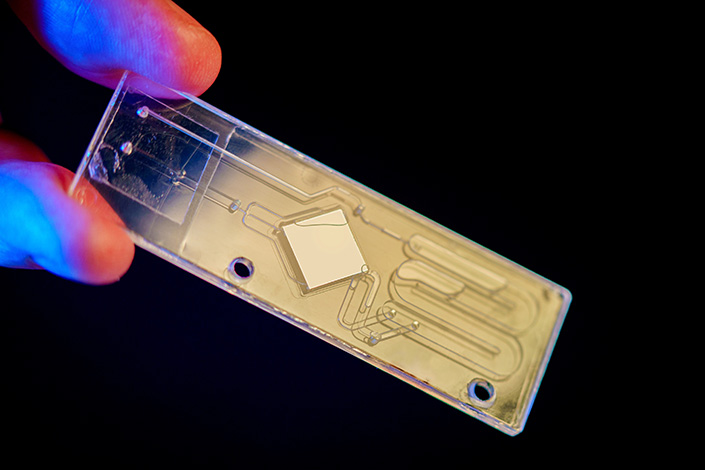2024-02-21 カリフォルニア大学サンディエゴ校(UCSD)
<関連情報>
- https://today.ucsd.edu/story/muscle-as-a-heart-health-predictor
- https://www.ahajournals.org/doi/10.1161/JAHA.123.032014#:~:text=For%20men%2C%20associations%20of%20muscle,risk%20of%20coronary%20heart%20disease
腹筋密度および面積と心血管疾患、冠動脈性心疾患および脳卒中の発症との関連: アテローム性動脈硬化症の多民族研究 Associations of Abdominal Muscle Density and Area and Incident Cardiovascular Disease, Coronary Heart Disease, and Stroke: The Multi‐Ethnic Study of Atherosclerosis
Britta Larsen,John Bellettiere,Matthew Allison,Rita Ryu,Rowena M. Tam,Robyn L. McClelland,Iva Miljkovic,Chantal Vella,Pamela Ouyang,Michael Criqui andJonathan Unkart
Journal of the American Heart Association Published:13 Feb 2024
DOI:https://doi.org/10.1161/JAHA.123.032014

Abstract
Background
Muscle density is inversely associated with all‐cause mortality, but associations with cardiovascular disease (CVD) risk are not well understood. This study evaluated the association between muscle density and muscle area and incident total CVD, coronary heart disease (CHD), and stroke in diverse men and women.
Methods and Results
Adult participants (N=1869) in the Multi‐Ethnic Study of Atherosclerosis Ancillary Body Composition Study underwent computer tomography scans of the L2‐L4 region of the abdomen. Muscle was quantified by density (Hounsfield units) and area in cm2. Sex‐stratified Cox proportional hazard models assessed associations between incident total CVD, incident CHD, and incident stroke across sex‐specific percentiles of muscle area and density, which were entered simultaneously into the model. Mean age for men and women at baseline were 64.1 and 65.1 years, respectively, and median follow‐up time was 10.3 years. For men, associations between muscle density and incident CVD were inverse but not significant in fully adjusted models (P trend=0.15). However, there was an inverse association between density and CHD (P trend=0.02; HR, 0.26 for 95th versus 10th percentile), and no association with stroke (P trend=0.78). Conversely, for men, there was a strong positive association between muscle area and incident CVD (HR, 4.19 for 95th versus 10th percentile; P trend<0.001). Associations were stronger for CHD (HR, 6.18 for 95th versus 10th percentile; P trend<0.001), and null for stroke (P trend=0.67). Associations for women were mostly null.
Conclusions
For men, abdominal muscle density is associated with lower CHD risk, whereas greater muscle area is associated with markedly increased risk of CHD.


